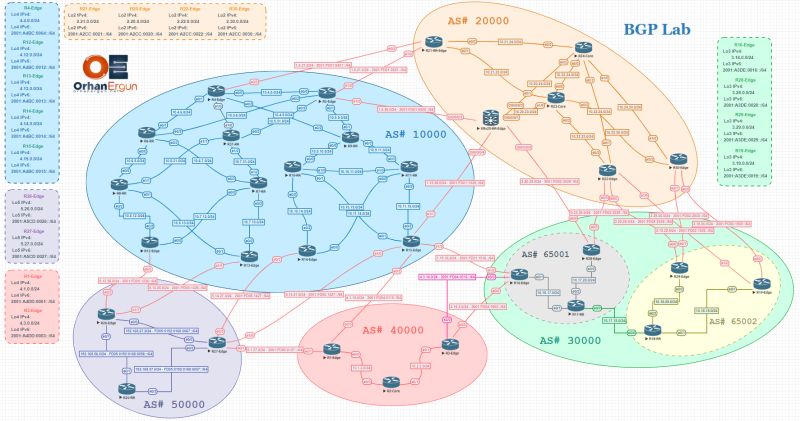Related Courses
Enhance your knowledge with these recommended courses

BGP Training
Most comprehensive Border Gateway Protocol, BGP Tutorial. BGP Course about BGP Protocol, with 35 hours of BGP Design, BGP Theory, and BGP Labs Best Online BGP Video Training by Orhan Ergun.
Become an Instructor
Share your knowledge and expertise. Join our community of instructors and help others learn.
Apply NowAbout the Author
StanleyArvey
Stanley Arvey, the dynamic world of Information Technology's intricacies and nuances, has been navigating for over a decade. With a keen eye for detail and a passion for simplifying complex tech concepts, Stanley has become a sought-after voice in the IT blogging community. Through his contributions to OrhanErgun.net, he provides insights, analyses, and thought leadership that keep readers both informed and engaged.
Share this Article
Subscribe for Exclusive Deals & Promotions
Stay informed about special discounts, limited-time offers, and promotional campaigns. Be the first to know when we launch new deals!